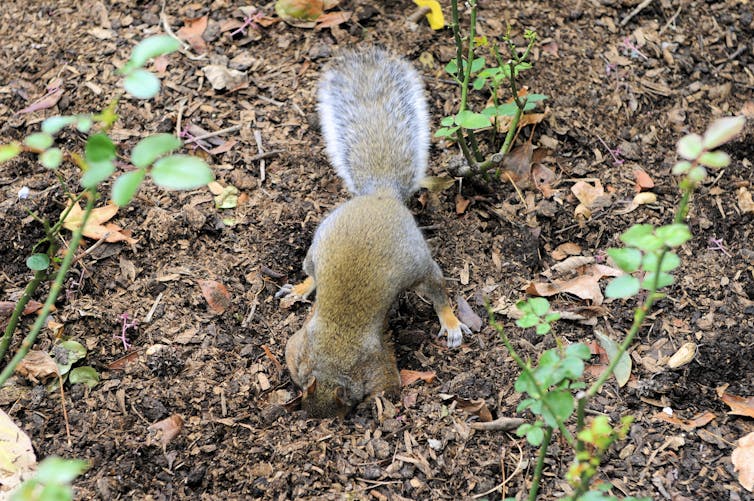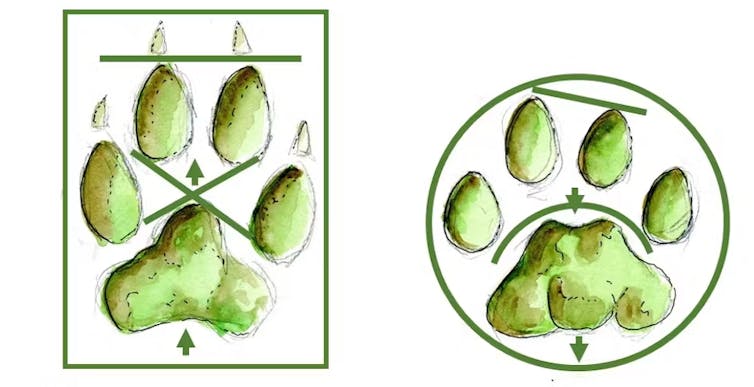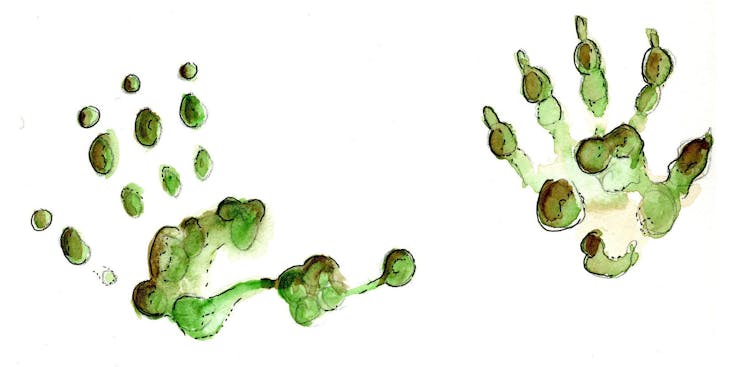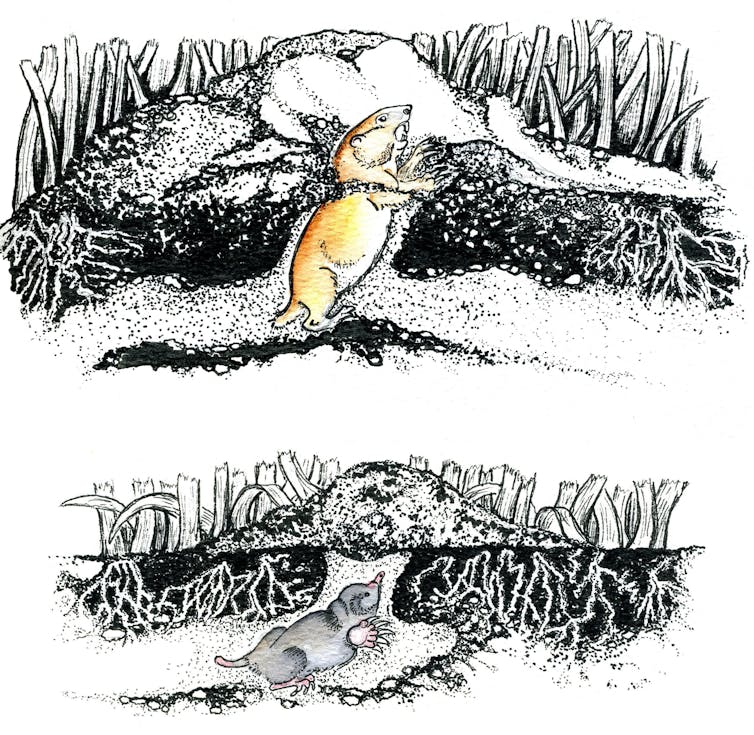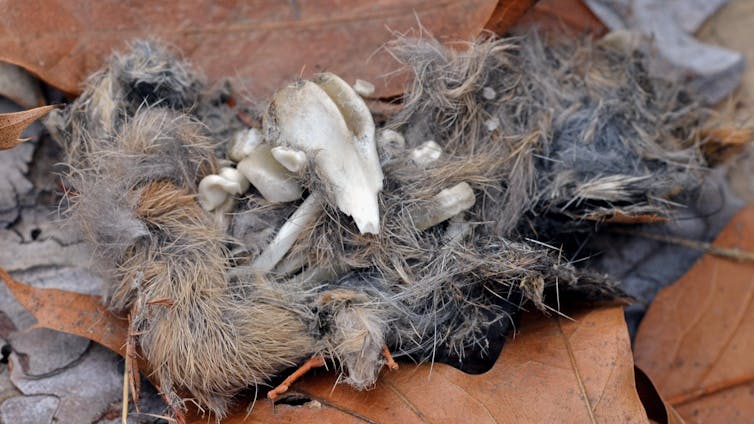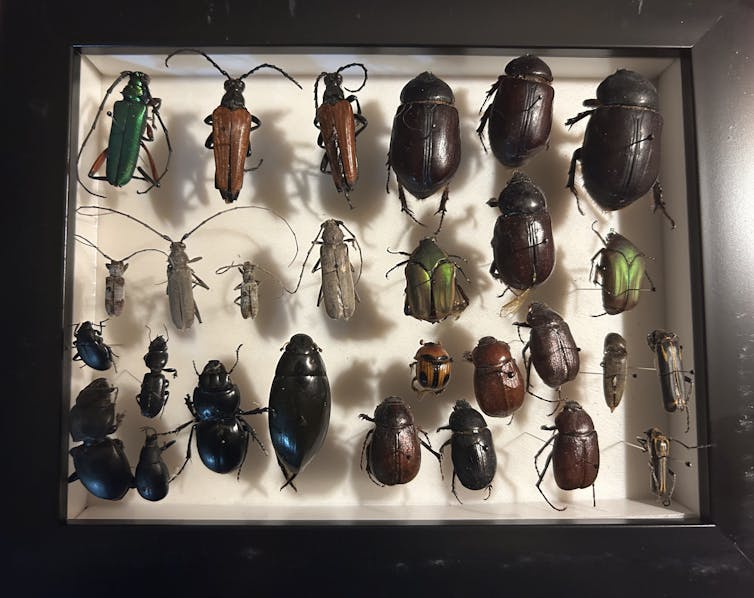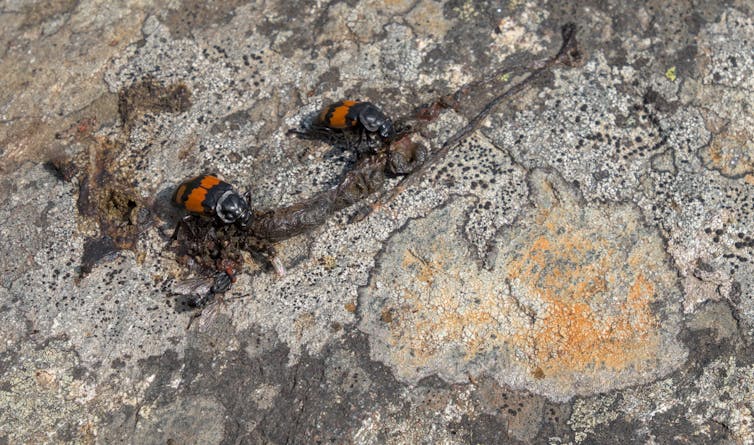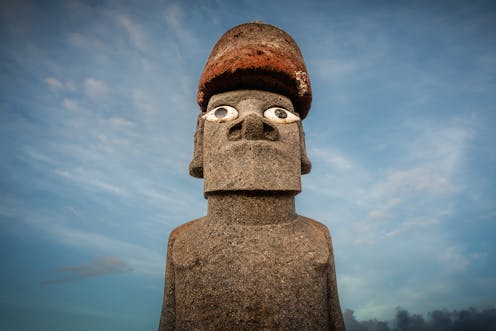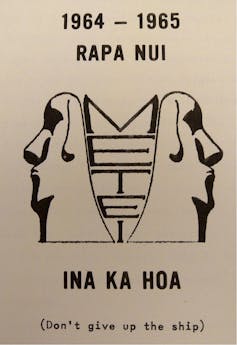Source: The Conversation – in French – By Andrea Juan, Chief Research Specialist, Human Sciences Research Council
Étudiez assidûment, obtenez votre diplôme, puis décrochez en toute confiance un emploi stable et bien rémunéré. C’est depuis longtemps ainsi que l’on imagine la manière de s’assurer un moyen de subsistance : en suivant des étapes claires et prévisibles. Mais cette vision est de plus en plus éloignée de la réalité. Les emplois sûrs ne sont plus garantis après l’obtention d’un diplôme de l’enseignement supérieur.
Il est difficile d’obtenir des données fiables et actualisées sur le chômage des diplômés en Afrique. Une étude du British Council réalisée en 2014 estimait que près d’un diplômé nigérian sur quatre (23,1 %) était au chômage. Au Kenya, selon cette étude, il fallait en moyenne cinq ans aux diplômés pour trouver leur premier emploi. En Afrique du Sud, le taux de chômage des diplômés n’était que de 5,8 % en 2008. En 2023, ce chiffre avait plus que doublé pour atteindre 11,8 %. Si l’on s’intéresse plus particulièrement aux jeunes diplômés âgés de 20 à 29 ans, qui constituent un indicateur utile pour ceux qui entrent sur le marché du travail, le chiffre est encore plus frappant : près d’un sur trois (30,3 %) était au chômage en 2023.
Ces chiffres sont révélateurs d’une crise. Le décalage entre les diplômés et les opportunités montre clairement qu’il est essentiel de trouver divers moyens de gagner sa vie.
Que font donc les diplômés pour gagner leur vie ? Nous avons récemment mené une étude portant sur plus de 500 diplômés africains de l’enseignement supérieur issus de 21 universités (neuf dans des pays africains et 12 dans d’autres pays) sur une période de cinq ans afin d’apporter quelques réponses.
Les résultats montrent que les diplômés se constituent des moyens de subsistance à partir de multiples sources plutôt que de suivre une carrière linéaire. Leurs parcours sont complexes. Seuls 16 % de l’échantillon total sont passés sans encombre de l’enseignement supérieur à un emploi et sont restés en poste pendant la période couverte par l’enquête.
Fort de ce constat, les universités peuvent aider à fournir aux diplômés les compétences et les ressources dont ils auront besoin dans le monde actif.
Les diplômés se constituent un portefeuille de revenus
L’étude montre que les diplômés africains font preuve d’ingéniosité pour générer des revenus. À partir de leurs réponses, nous avons identifié certaines tendances.
Tout d’abord, ils exercent plusieurs activités. Près de la moitié des personnes interrogées exerçaient plus d’une activité, par exemple un emploi tout en gérant une activité secondaire ou en poursuivant leurs études. Un diplômé ougandais a expliqué comment il jonglait entre un emploi salarié, des projets agricoles familiaux et la poursuite de ses études.
Deuxièmement, ils font de l’éducation elle-même un moyen de subsistance. Les bourses, les diplômes de troisième cycle et les possibilités de recherche leur apportent à la fois des revenus et une certaine stabilité.
D’autres utilisent le sous-emploi (des emplois qui ne correspondent pas à leurs qualifications, leurs compétences ou leurs ambitions) comme tremplin, acquérant de l’expérience en attendant de meilleures opportunités.
Troisièmement, l’entrepreneuriat ou le travail indépendant ont un rôle à jouer. Si seule une petite minorité compte uniquement sur sa propre entreprise, environ un cinquième des diplômés complétent leurs revenus de cette manière. Certains vendent des marchandises, d’autres créent des ONG ou des entreprises sociales, et beaucoup considèrent l’entrepreneuriat comme un filet de sécurité dans un marché du travail imprévisible.
Mais il ne s’agit pas seulement d’une question de nécessité. Les diplômés sont motivés par les opportunités, les projets passionnants et la possibilité de construire quelque chose qui leur appartient, souvent avec des membres de leur famille. Cela remet en question l’idée répandue selon laquelle l’entrepreneuriat en Afrique n’est motivé que par le désespoir. En réalité, la nécessité et l’opportunité se recoupent, et toutes deux font partie de la manière dont les diplômés gagnent leur vie.
Au-delà de l’« attente » d’une opportunité
Les parcours décrits par les diplômés ne correspondent pas à l’image conventionnelle de personnes « coincées » ou « sans emploi ». Au contraire, ils sont marqués par le mouvement, l’improvisation et la réinvention continue.
Même lorsqu’ils sont sous-employés, les diplômés décrivent souvent leur travail comme digne ou, à tout le moins, comme un tremplin. Ils investissent dans leur avenir, affinent leurs compétences et se constituent des réseaux.
Ce type d’autonomie (la capacité à naviguer dans l’incertitude et à imaginer d’autres futurs) est une ressource cruciale. Elle permet aux jeunes Africains de trouver la dignité et un but dans des contextes où le soutien institutionnel et les opportunités d’emploi sont limités.
Ce que les universités peuvent faire différemment pour préparer les diplômés
Ces conclusions soulèvent des questions difficiles pour les universités. Si le parcours entre l’éducation et l’emploi est si complexe, quel rôle l’enseignement supérieur devrait-il jouer dans la préparation des diplômés ? Nos recherches apportent quelques réponses :
Tout d’abord, les universités doivent cesser de s’accrocher à des concepts dépassés tels que « l’employabilité ». Les diplômes ne sont pas des passeports pour des emplois stables. Au contraire, l’éducation devrait préparer les étudiants à des moyens de subsistance diversifiés et non linéaires. Cela signifie qu’il faut enseigner non seulement des compétences techniques, mais aussi la résilience, l’adaptabilité et l’esprit d’entreprise.
L’éducation à l’entrepreneuriat est un point de départ. Des cours sur la planification d’entreprise, la gestion financière et le réseautage peuvent aider les diplômés qui souhaitent créer ou pérenniser une entreprise.
Mais les compétences seules ne suffisent pas. Sans écosystèmes favorables, tels que des incubateurs, l’accès au financement et le mentorat, de nombreuses petites entreprises échouent. Les universités pourraient servir de plateformes, mettant en relation les étudiants et les diplômés avec les programmes gouvernementaux, les partenaires du secteur privé et les réseaux d’anciens élèves. Il est nécessaire de forger des partenariats entre les universités et les agences gouvernementales, comme l’Agence nationale pour le développement de la jeunesse (National Youth Development Agency) en Afrique du Sud, qui finance des projets entrepreneuriaux.
Les services d’orientation professionnelle doivent également évoluer. Plutôt que de se concentrer uniquement sur le placement professionnel, les universités devraient aider les étudiants à explorer plusieurs parcours professionnels, à se constituer un capital social et à accéder à des opportunités de diversification de leurs revenus. Des ressources pratiques, telles que des espaces de coworking, des formations courtes ou des « micro-certifications » permettant aux diplômés d’acquérir rapidement de nouvelles compétences, ainsi que des financements de démarrage, pourraient donner aux diplômés une longueur d’avance.
Enfin, les réseaux d’anciens élèves constituent un atout puissant mais sous-utilisé. Mettre en avant les diplômés qui ont réussi à diversifier leurs revenus peut inspirer les autres et changer le discours dominant.
En résumé, l’éducation ne doit plus être considérée simplement comme un tremplin vers un emploi salarié, mais comme une plateforme permettant de se construire des moyens de subsistance flexibles et multidimensionnels.
Une nouvelle histoire de la vie des diplômés
La population jeune africaine continue de croître, et le marché du travail ne va pas soudainement s’étendre pour répondre à la demande. Cette réalité peut sembler décourageante. Mais les histoires des jeunes diplômés témoignent également de leur résilience, de leur créativité et de leur détermination. Ils n’attendent pas passivement un emploi, ils construisent activement leur avenir, souvent contre toute attente.
Les universités et autres établissements d’enseignement supérieur doivent rattraper leur retard. En soutenant l’entrepreneuriat, en favorisant les réseaux et en reconnaissant la réalité des transitions non linéaires, ils peuvent aider les diplômés à naviguer dans l’incertitude avec confiance.
L’avenir du travail en Afrique ne sera pas défini par des transitions en douceur, mais par des enchevêtrements complexes. Reconnaître et soutenir ces enchevêtrements pourrait être l’une des tâches les plus importantes de l’enseignement supérieur dans les décennies à venir.
![]()
Cet article a été rédigé dans le cadre de l’étude « The Imprint of Education » menée par le Conseil de recherche en sciences humaines d’Afrique du Sud entre août 2019 et juillet 2025, en partenariat avec la Fondation Mastercard et financée par celle-ci. Les opinions exprimées sont celles des auteurs uniquement et ne reflètent pas nécessairement celles de la Fondation Mastercard, de son personnel ou de son conseil d’administration. Andrea Juan est chercheuse honoraire à la faculté de droit de l’université du KwaZulu-Natal.
Cet article a été rédigé dans le cadre de l’étude « The Imprint of Education » menée par le Conseil de recherche en sciences humaines d’Afrique du Sud entre août 2019 et juillet 2025, en partenariat avec la Fondation Mastercard et financée par celle-ci. Les opinions exprimées sont celles des auteurs uniquement et ne reflètent pas nécessairement celles de la Fondation Mastercard, de son personnel ou de son conseil d’administration. Adam Cooper est chercheur associé honoraire à l’université Nelson Mandela, où il occupe la chaire « Chômage, autonomisation et employabilité des jeunes ».
– ref. Diplômés, mais sans emploi : une enquête montre le paradoxe des jeunes Africains – https://theconversation.com/diplomes-mais-sans-emploi-une-enquete-montre-le-paradoxe-des-jeunes-africains-266096



